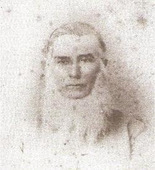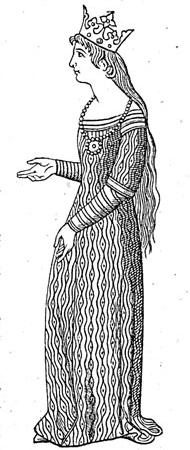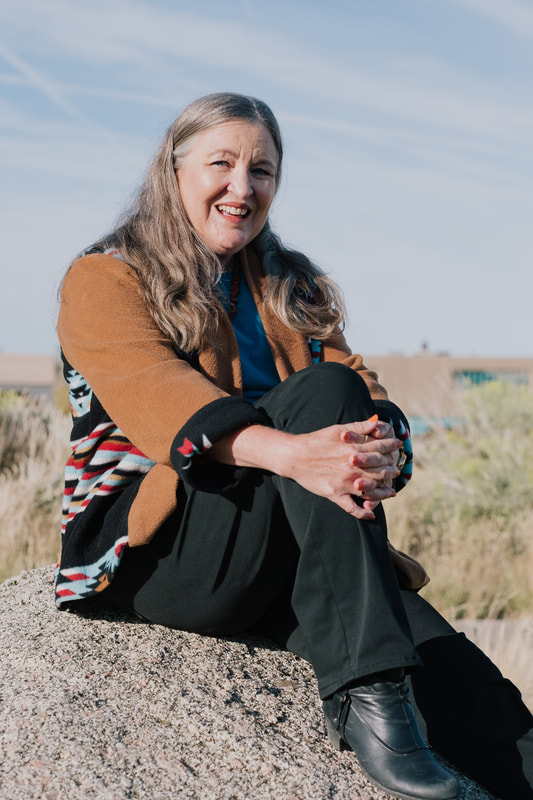
But I am not very political, and I don't put much time into celebrity sightings, so little of that hub-bub affected me.
I experienced some personal changes in 2016 that were noteworthy, though. My husband and I finished building a house on the land we'd bought 14 years ago. My youngest son graduated from Ranger School, Airborne School, Tank school and
No one can tell the future, but if the past is any guide, I can make a few predictions. I predict a wedding, although the Army will do its best to muddle the date. I predict an oldest son coming into his own and finding a niche where he can use his unique talents. I see a very tired middle son refining his trade. I predict looking like The Beverly Hillbillies as my husband and I furnish our house one pickup truck load at a time throughout the first half of the year.
I have some hopes for the new year. I hope to find a new job closer to my new house. I hope to get two more books out: a Civil War novel set in New Mexico for middle grade readers, and a Christmas sequel to Tweet Sarts. I hope each sells well and I become rich and famous. And lose 30 pounds. And become a runner again. I admit some of these are more likely to happen than others.
Here's to 2017 and the new experiences it will bring. May your hopes light your way down the dark path. May your confidence never flag, and if you trip or find yourself lost, may you get back up, dust yourself off, and count it as one more lesson learned.








